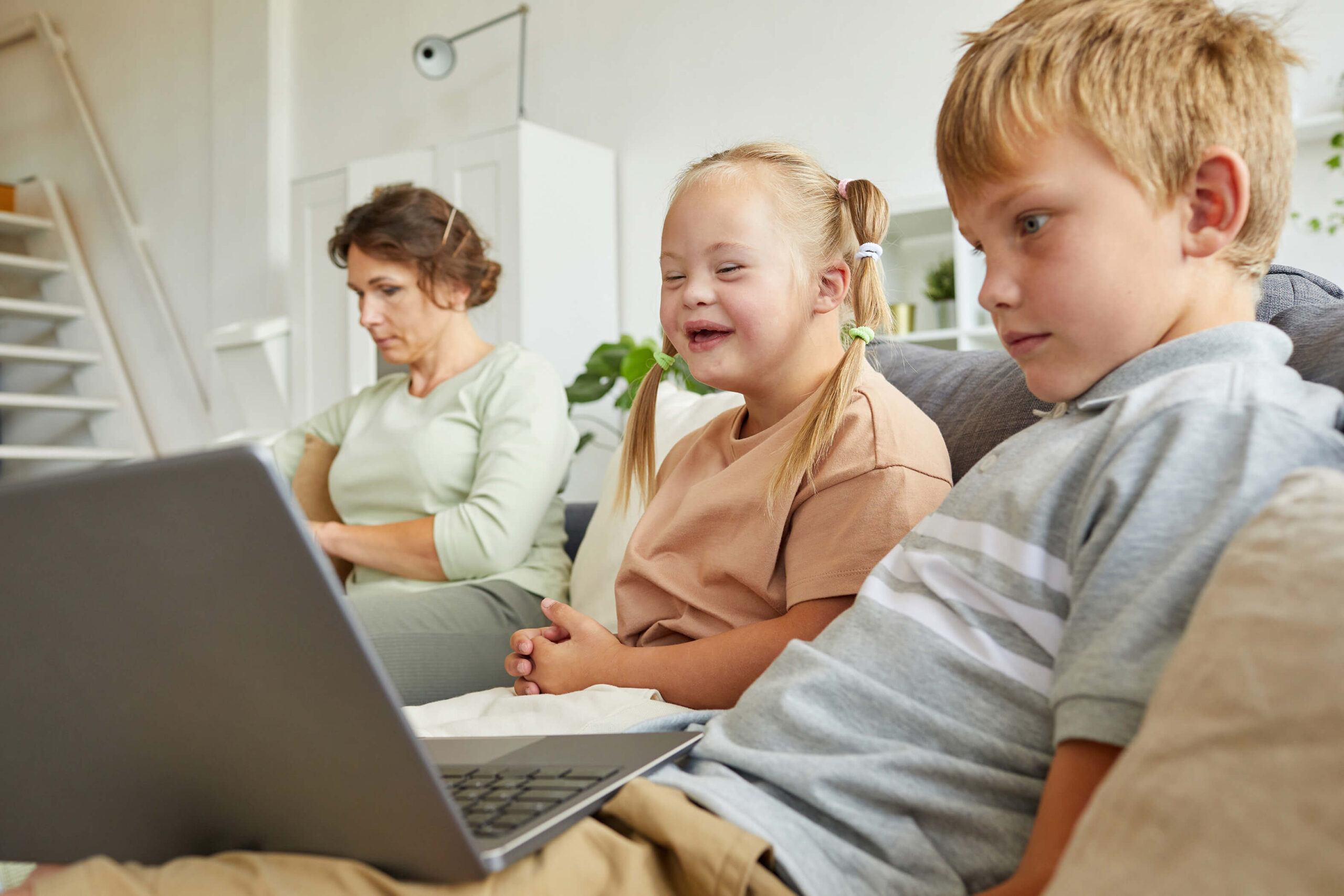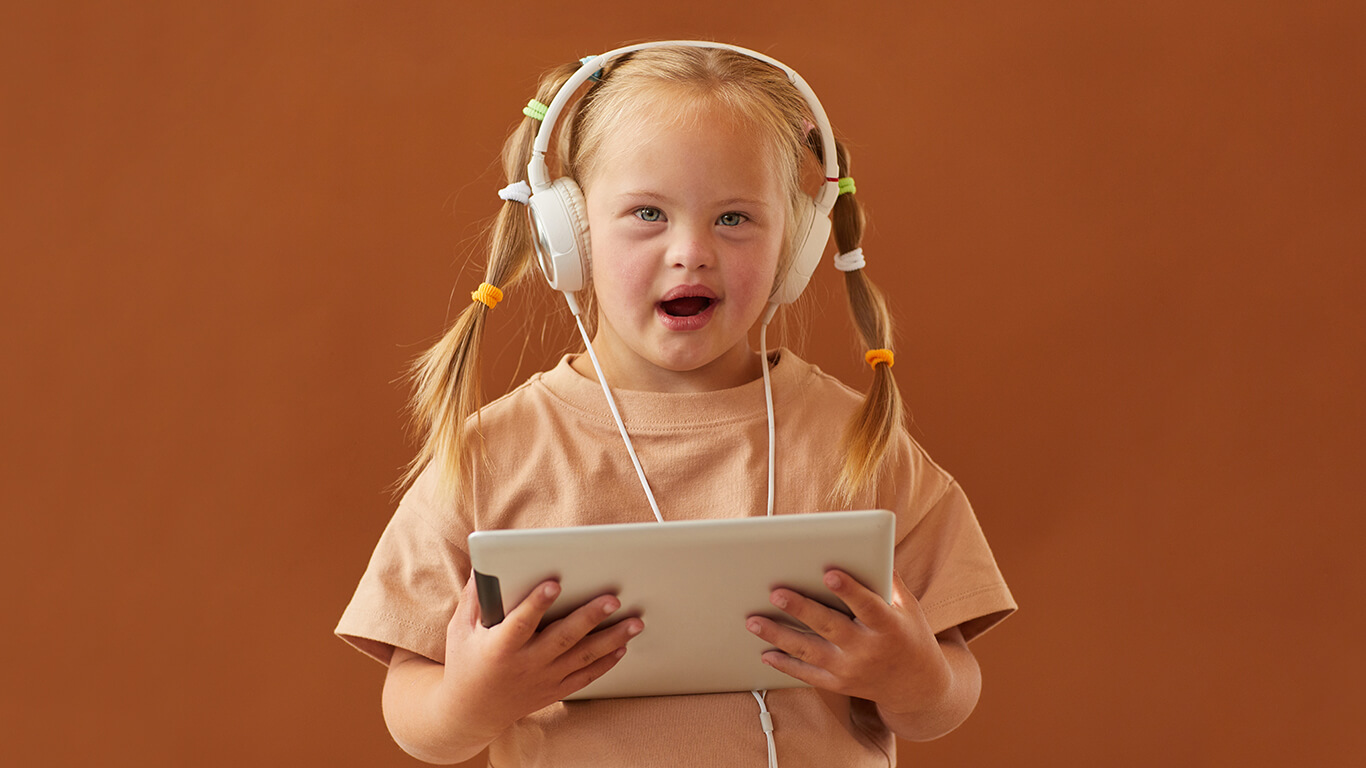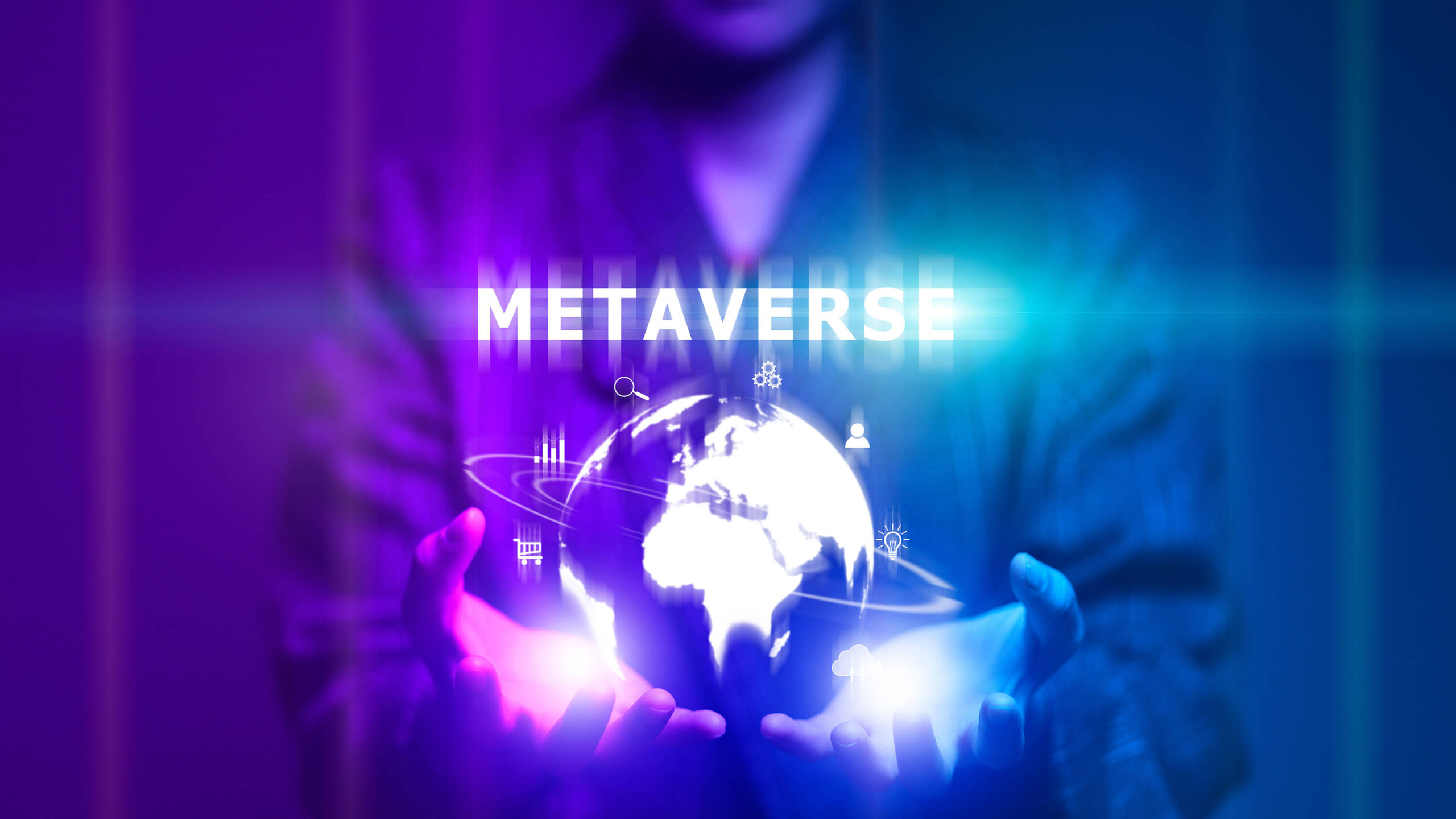To be kind and inclusive is the cornerstone of our humanity. But in the world of unequal opportunities and challenges, this is easier said than done. Specially-abled people form a sizeable chunk of our population and struggle on multiple fronts – with physical, mental, nominal, or severe issues that make life difficult to navigate. As we step into a world that demands progressiveness, ableism, the behavior of favoring perfectly non-disabled people has come under fire.
It raises the question – what are we doing to help differently-abled people achieve their aspirations and lead fulfilled and joyous lives? The social stigma we attach to them steals their hope, but no less dangerous are the obstacles in our public spheres reminding them of their shortcomings. Truthfully, the lack of inclusive technology indicates the thoughtlessness of a society that only caters to the majority. This article looks at the many ways technology can help the specially-abled earn their rightful spot in our community.
Challenging The Impossible
Back in the day, people with physical and developmental challenges often went through life defeated by an ableist society where no concrete solutions existed for the subtle and direct discriminations they suffered each day. Now, things have changed. Thanks to technology, they can carry out tasks that seemed arduous before, from as simple as switching on a light to as profound as expressing themselves to the world. In addition, smartphone technology has made various apps and gadgets commonplace, designed to aid people with alternate abilities. For instance, apps such as ‘BeMyEyes’ allow sighted people to volunteer their eyesight for the visually impaired through video calls, and ‘ModMath’ helps children with dyslexia or autism learn math easily. Altogether, this universe of inventions and applications comes under the umbrella of assistive technology. Here’s a preview of how assistive technologies are bridging the ability gap:
Rehabilitative engineering is a stream of medicine that uses engineering principles to develop technological solutions and devices that help specially-abled people cope with disabilities and aid the recovery of physical and cognitive functions. The technology works by making simple observations on the way people conduct tasks, then making necessary accommodations to eliminate further injuries and discomfort. More intricately, it also involves sophisticated brain-computer interfaces that help a severely injured person operate computers and other devices by visualizing the task they wish to perform.
America’s National Institute of Biomedical Imaging and Bioengineering (NIBIB) supports research for increasingly innovative approaches and developments in this field. For instance, researchers are developing the Wireless Tongue Drive System (TDS) for Paralyzed Patients. Individuals with severe paralysis that impairs limb movement, breathing, and speech use their tongue to send operation commands to a computer, steer their wheelchairs, and thus independently control their environment. Companies are also developing smart environment technologies to facilitate home health monitoring and intervention. Once automated reminder-based technologies are successfully integrated with ordinary homes, people with mobility issues or those with Alzheimer’s will be able to carry out their daily tasks with ease.

Assistive Listening Devices (ALDs) enable personal connections to audio sources for music and TV for those who live with auditory impairments. They serve to amplify sounds, especially when background noise is present. Wearers can use them with a hearing or cochlear implant to help them get the best out of certain sounds. With unrivaled expertise in sound amplification, Clarity, a company from Chattanooga, Tennessee, improves lives with its amplified telephones, notification systems, and assistive listening devices.
Thanks to Augmented and Alternative Communication (AAC) devices, communicating with ease is no longer a privilege for the typically bodied alone. Among the apps that cater to the purpose include TouchChat, a symbol and text-based AAC tool available for Apple products. The app brings with it high-quality text-to-speech voices and pre-programmed, fully customizable vocabulary sets.
Mobilization Devices (wheelchairs) fulfill the bare minimum of helping people with multi-sclerosis, partial paralysis, or weakness of the limbs and muscles to move around. But there is tremendous hope from wheelchairs of the future. Companies are working to integrate robotics, robotic manipulators, flexible manufacturing, 3D printing, and direct brain interfaces to transform wheelchair’s design and use.
Some new-model wheelchairs that are commercially available include TEK Robotic Mobilization Device (RMD), designed to help people with paraplegia and other disabilities to move around in a standing position. RMD provides:
- Better cardiovascular health
- The ability to make eye-to-eye contact
- The freedom to reach high and low
Fulfilling the travel ambitions of the specially-abled is the Mountain Trike, a wheelchair model that works across all terrains, town or countryside, beaches, gravel gateways, and even snow.
Regenerative medicine works on the incredible principle that damaged tissues can be regenerated anew. Bringing the field to the fore, John Gurdon and Shinya Yamanaka discovered that mature and specialized cells can be reprogrammed to become stem cells, later developing into human body tissues. The duo was notably accredited with “The Nobel Prize in Physiology or Medicine in 2012” for their findings.
The department of Regenerative Sciences at Emirates Hospital, Jumeriah, offers medically advanced solutions to patients struggling with a wide range of diseases that have not previously met with a cure in the field of regenerative medicine.

The Kids are Special
No one suffers more in the face of inaccessibility in society than children with special needs. Between discrimination from typically abled children who ridicule them to the paucity of inclusive teaching, their talents remain undiscovered. Owing to the challenges, many of these kids don’t attend school or drop out early. According to a 2011 UN Report, specially-abled children between the ages of 0-14 range between 93 to 150 million worldwide. Most of them are excluded from mainstream educational opportunities because parents and academia do not have the required facilities or lack instructional expertise, leading to a lifetime of poor self-esteem and social isolation.
Assistive technology addresses this lack of empathy, providing a route to bring these special children into the fold. Modern devices such as computers, iPads, and tablets, effectively turning the classroom into a ‘smart’ learning paradigm, have helped students to approach lessons differently. For example, visually impaired students can read along while listening to an audio version of a text. Dyslexic children could benefit from text-audio matching exercises while being in control of font and volume levels. Children with deformed limbs who have trouble holding a pen or pencil can benefit from typing on a tablet or speech-to-text technology. Children with language impairments may make use of text-to-speech options while making class presentations.
No one suffers more in the face of inaccessibility in society than children with special needs
These minor adjustments play a significant role in bridging the gap between specially-abled kids and the conventionally abled. By allowing activities to be shared or completed together, these tools often eliminate the knee-jerk response to treat such students differently. Such an education model holds the key to inclusiveness and confidence by removing the element of ‘othering’ these students. It also helps typically abled students to build empathy and accommodate those different than them, a lesson that serves them well in life.
UAE Cares
The UAE addresses specially-abled citizens with respect and dignity using the term ‘People of determination’. Their lives are made more straightforward with an online portal whereby they can request mobile healthcare or seek recruitment in federal, local, and private bodies. Furthermore, people who wish to serve these citizens may choose to do so through the portal. For example, they could request a license to operate a non-governmental care and rehab center for people of determination or register students of determination in government care and rehabilitation centers.
The Federal Websites Guidelines of the UAE expects government websites to be embedded with text-reading software and alternative texts for visually impaired people. The guidelines further suggest all audio and video files on the website have descriptive captions that assist people with hearing trouble. The TDRA website is a perfect example that follows these guidelines.
The National Policy for empowering ‘People of Determination’ requires entities to provide information concerning services to people of determination and their families across the Emirate to ensure that they can easily access all services. The policy also recommends entities to make all information accessible through modern technology for people with visual and hearing disabilities.
The UAE addresses specially-abled citizens with respect and dignity using the term ‘People of determination
The country has taken significant steps to provide educational opportunities for specially-abled students. For example, in 2016, Benetech, a social enterprise organization that empowers communities with software for social good, joined hands with the UAE Roads and Transport Authority in Dubai to build a digital library for people facing barriers like dyslexia, physical disabilities, and blindness. Additionally, students could access Arabic books and other extensive collections from the Dubai Audiobook Library using Bookshare, an initiative of Benetech and the leading digital library of ebooks for people with reading-related disabilities, such as visual impairment, ADHD, and even cerebral palsy.
“Everyone deserves the right to access information, literature, vocational training, and other educational materials to pursue job opportunities and fully integrate into society. This partnership with the UAE will establish a library of accessible ebooks in Arabic and English so that individuals with reading barriers can read in ways that work for them,” said Brad Turner, VP of Global Education at Benetech.
Calls for Change
The world we live in is full of possibilities. Through our exploration of assistive technology, it is clear that it is only a matter of intent that determines how we make our world more accessible and friendly for the specially-abled. But technology remains a partial answer to this conundrum. The most essential component is empathy. Even in primitive times, kindness towards those different from us kept the faith in our humanness alive.
Today, technology serves to make it easier to practice this kindness towards others. We already have capable platforms and willing hands that can make the world more inclusive. The key to unlocking the potential here is strategizing the roles of people, communities, and technology to be widespread and effective. Their voices are loud, desperately calling for a change. Are we listening?


2 Comments
[email protected]
pariatur ex recusandae nobis facere sequi adipisci ut velit exercitationem commodi saepe repellendus. sunt laudantium dolorem adipisci aspernatur inventore temporibus commodi eveniet labore voluptate
[email protected]
illum reprehenderit aut alias error quis dicta. impedit repellat debitis quo et debitis ut error magnam et libero qui quam. sequi voluptatem consequatur doloremque vel cupiditate. deserunt et tempore